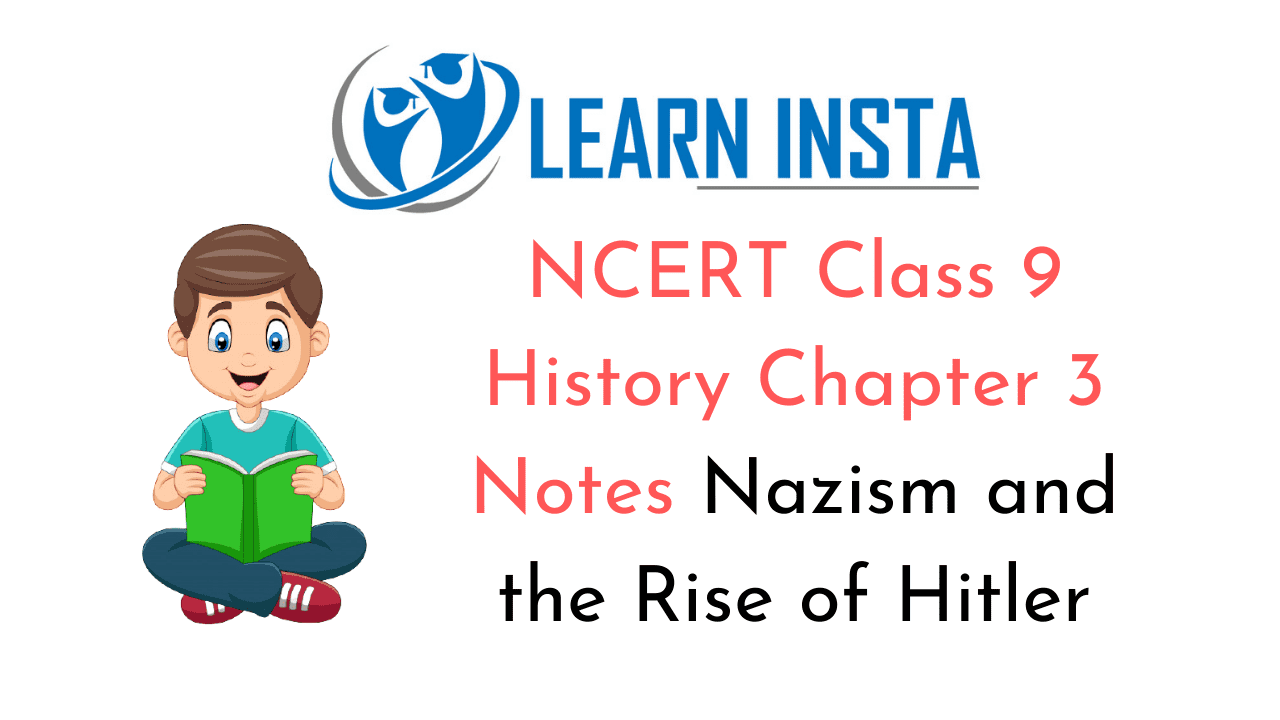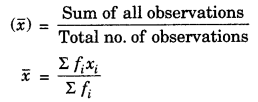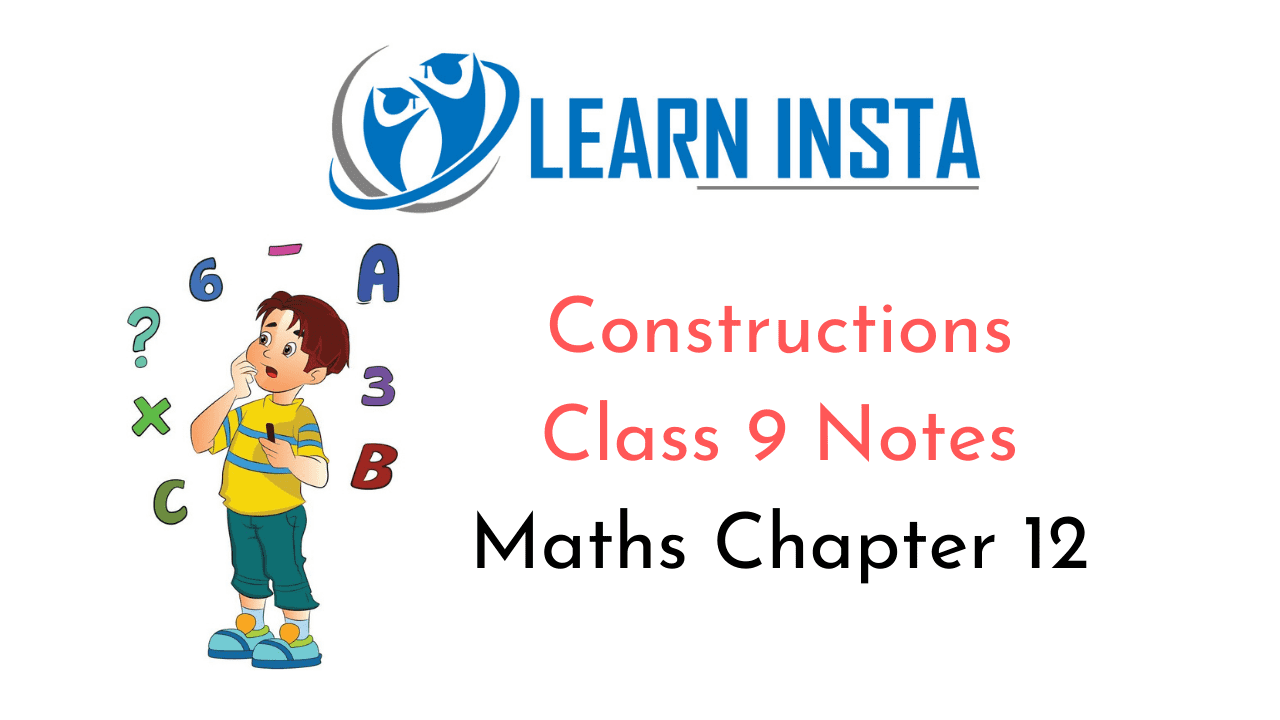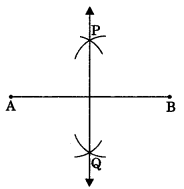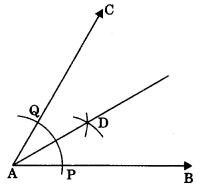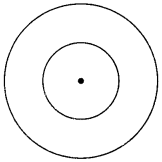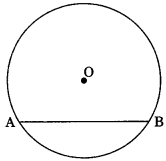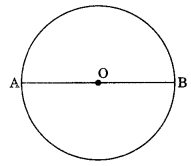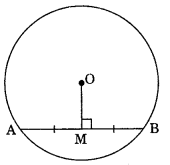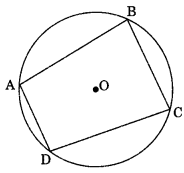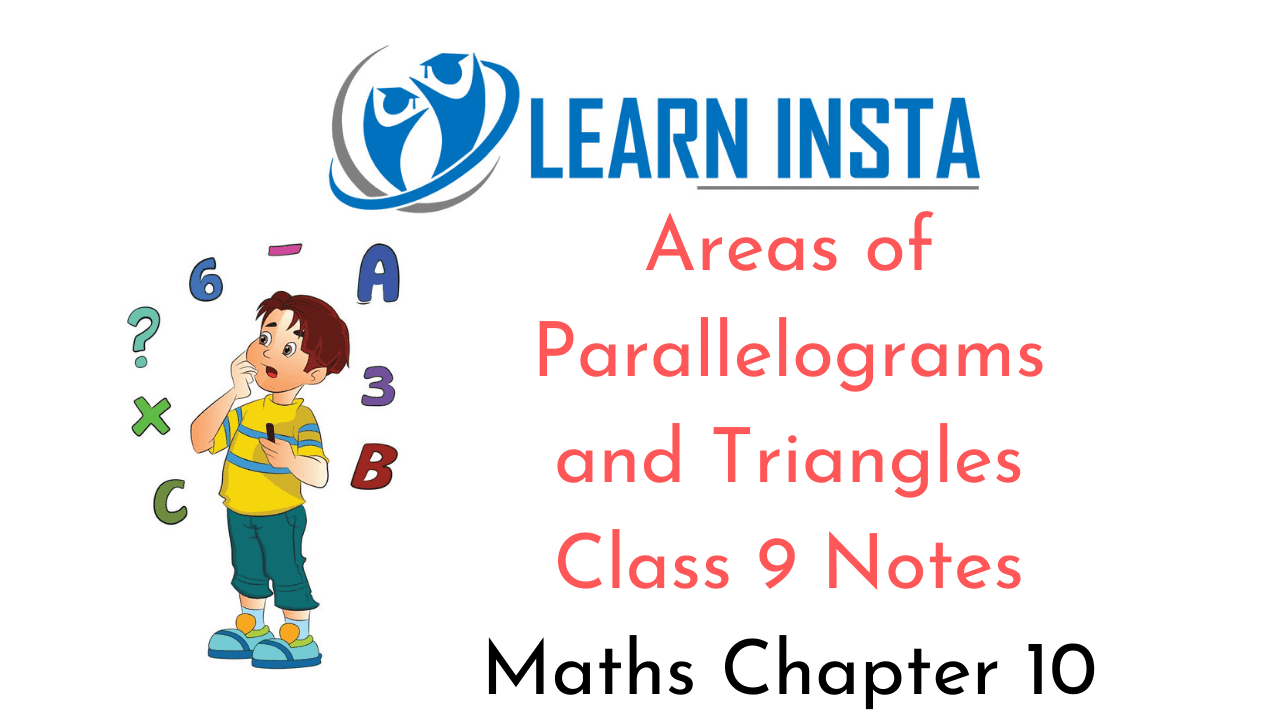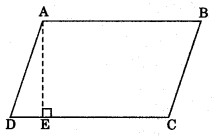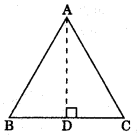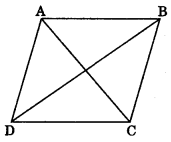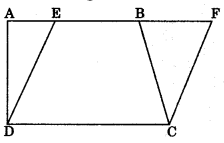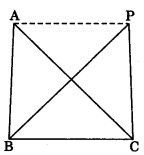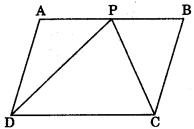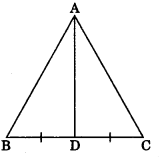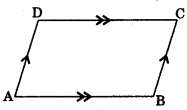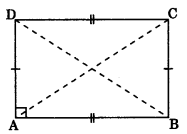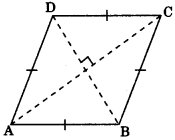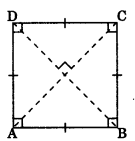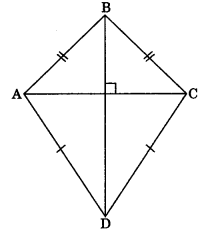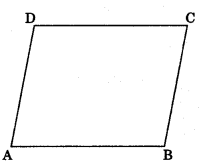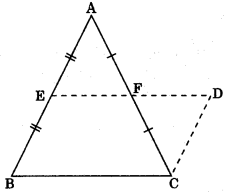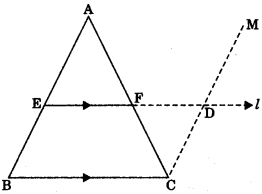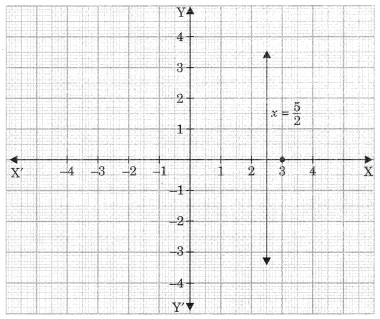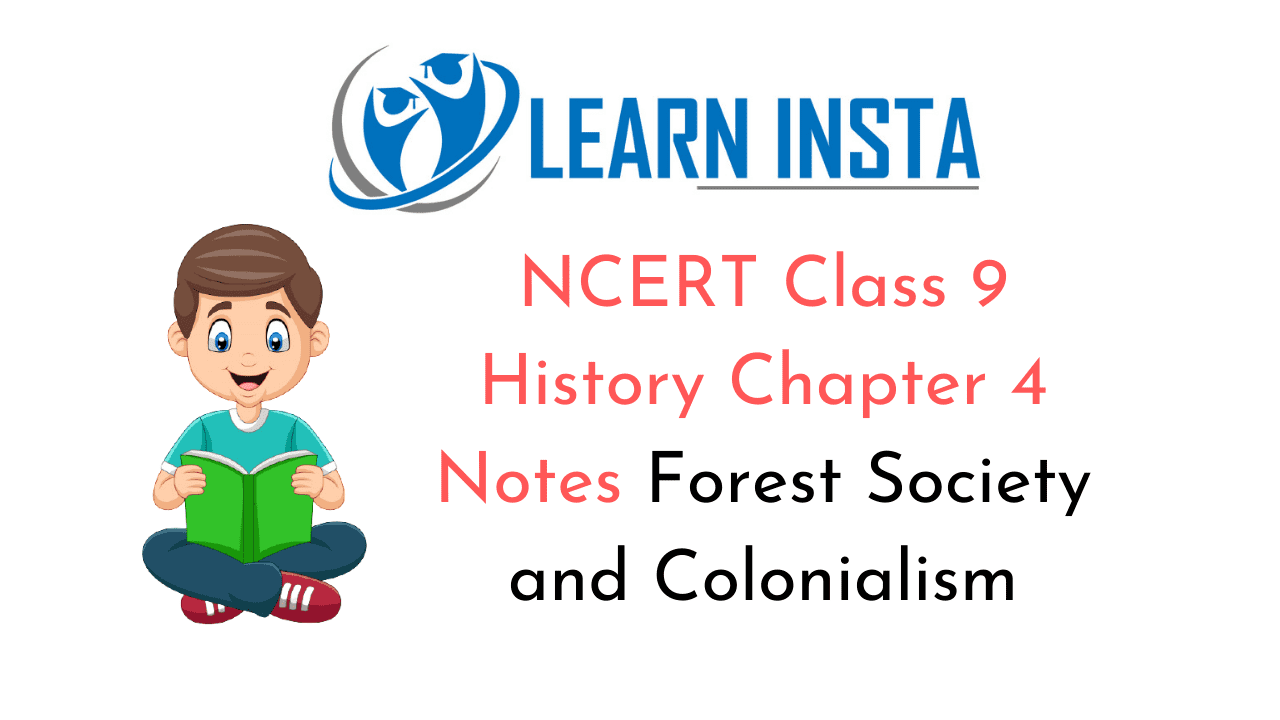
On this page, you will find NCERT Class 9 History Chapter 4 Notes Pdf free download. CBSE Class 9 Social Science Notes History Chapter 4 SST Forest Society and Colonialism will seemingly, help them to revise the important concepts in less time.
Forest Society and Colonialism Class 9 Notes Social Science History Chapter 4
CBSE Class 9 History Chapter 4 Notes Understanding the Lesson
1. Forests treasure valuable resources. They provide us many things, such as paper, gum, honey, rubber, fruits, flowers and many other things.
2. Forest area is fast disappearing due to various reasons. The process of deforestation began many centuries ago; but under colonial rule it became more systematic and extensive.
3. In the colonial period, cultivation expanded rapidly for a variety of reasons. The British thought that forests were unproductive. They were considered to be wilderness that had to be brought under cultivation so that the land could yield agricultural products and revenue. This led to the clearance of forests.
4. By the 1830s, trees were felled on a massive scale and vast quantities of timber were exported from India to England.
5. The spread of railways from the 1850s also led to deforestation. Large areas of natural forests were also cleared to make way for tea, coffee and rubber plantations to meet Europe’s growing need for these commodities.
6. In order to manage the forests the British made Dietrich Brandis, a German expert, the first Inspector General of Forests in India. Brandis thought that felling of trees and grazing should be restricted in order to preserve forests for timber production. Hence, rules about the use of forest resources were made. Anybody who cut trees without permission was punished.
7. Brandis introduced ‘scientific forestry’ in which natural forests which had lots of different types of trees were cut down. In their place, one type of tree was planted in straight rows.
8. In 1865, the Forest Act was enacted. It was amended twice, once in 1878 and then in 1927. The 1878 Act divided forests into three categories-reserved, protected and village forests. The best forests were called ‘reserved forests’. Villagers could not take anything from these forests.
9. The Forest Act meant severe hardship for villagers across the country. After the Act, all their everyday practices such as grazing cattle, collecting fruits and roots, etc., became illegal.
10. The British government also banned shifting cultivation. As a result, many communities were forcibly displaced from their homes in the forests. The new forest laws also deprived the forest dwellers of their customary rights to hunt. Those who were caught hunting were now punished for poaching.
11. Some people, however, benefited from the new opportunities that had opened up in trade. Many communities started trading in forest products such as hides, horns silk cocoons, bamboo, spices, fibres, grasses, gums and resins, etc.
12. New opportunities of work did not always mean improved well-being for the people. In Assam, both men and women from forest communities like Santhals and Oraons from Jharkhand, and Gonds from Chhattisgarh were recruited to work on tea plantations. Their wages were low and conditions of work were very bad.
13. In many parts of India, and across the world, forest communities rebelled against the changes that were being imposed on them. The first rebellion took place in Bastar district in Madhya Pradesh in 1910 which was suppressed by the British troops.
14. The colonial power in Indonesia were the Dutch and there were many similarities in the laws for forest control in Indonesia and India. Java in Indonesia is where the Dutch started forest management. Like the British, they wanted timber from Java to build ships.
15. The Dutch enacted forest laws in Java, restricting villagers access to forests. They were punished for grazing cattle in young stands, transporting wood without a permit, or travelling on forest roads with horse carts or cattle.
16. Around 1890, Surontiko Samin of Randublating village, a teak forest village, began questioning state ownership of the forest. He argued that the state could not own wind, water, earth and wood. Soon a widespread movement developed.
17. War and deforestation are closely related. The two world wars had a major impact on forests. In India, the forest department cut trees freely to meet British war needs. In Java, just before the Japanese occupied the region, the Dutch followed ‘a scorched earth’ policy, destroying sawmills, and burning huge piles of giant teak logs so that they would not fall into Japanese hands.
18. Conservation of forests has now become and important goal. The government has recognized that in order to meet this goal, the people who live near the forests must be involved.
Forest Society and Colonialism Class 9 CBSE Notes Important Terms
Deforestation: The disappearance of forests.
Sleepers: Wooden planks laid across railway tracks; they hold the tracks in position.
Plantation: Planting of one type of trees in straight rows.
Scientific forestry: A system of cutting trees controlled by the forest department in which old trees are cut and new ones planted.
Poaching: The illegal practice of trespassing on another’s property to hunt or steal game without the landowner’s permission.
Pargana: Cluster of villages.
Notes of History Class 9 Chapter 4 Time Period
1850s: the spread of railways started from this period.
1860s: The railway network expanded rapidly from this period.
1864: The Indian Forest Service was set up.
1865: The Forest Act was enacted.
1878: The Forest Act was amended.
1910: Rebellion took place in the Kingdom of Bastar.
1927: The Forest Act was amended.
